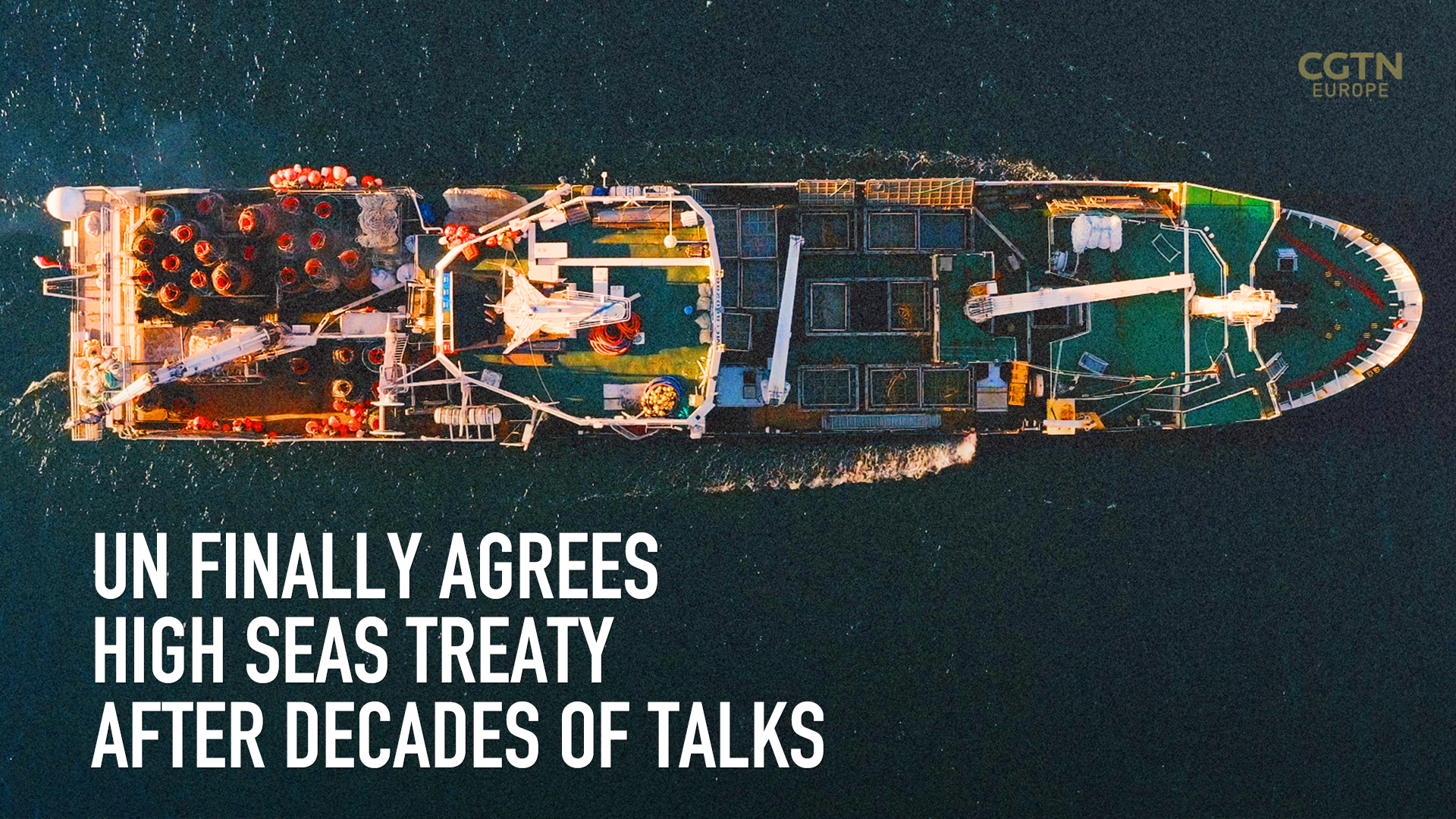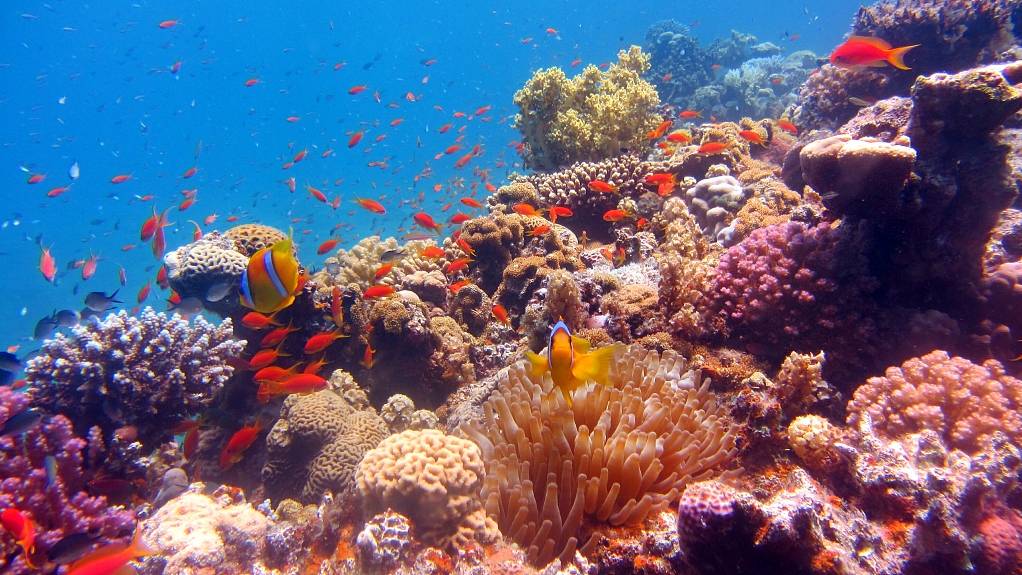02:41

After two decades of discussions, UN member states have finally agreed to a text on the first international treaty to protect the high seas.
The treaty is seen as essential to conserving 30 percent of the world's land and ocean by 2030, as agreed by world governments in a historic accord signed in Montreal last December. The agreement will be formally adopted at a later date.
READ MORE
Austria is using AI to protect biodiversity
The European bison: back from the brink
Saving the world's most endangered cat
It has been hailed as a historic day for conservation and the EU called it "a crucial step forward to preserve marine life and biodiversity."
Minna Epps, Director of the International Union for Conservation of Nature (IUCN), spoke to The World Today programme on CGTN to explained the importance and implications of the treaty, announced at the UN headquarters in New York on Saturday evening.

Two-thirds of the ocean is considered the high seas. /CFP/Ayman Shalaby
Two-thirds of the ocean is considered the high seas. /CFP/Ayman Shalaby
Why is this agreement so important and necessary?
"The high seas comprises two-thirds of our oceans. About 64 percent of the ocean is considered the high seas. That means it's beyond national jurisdiction.
"Each state has an exclusive economic zone of about 200 nautical miles. Everything outside that is considered the high seas. We're learning much more about the importance of the ocean, both in climate change mitigation and adaptation."
What's the current state of the world's oceans?
"The ocean has been under tremendous threat from plastic pollution and overfishing and also very stressed by climate change implications.
"The ocean is becoming more acidic and deoxygenated, so it contains less oxygen. These factors have an impact on ocean health and ultimately our own health. We need the ocean for its species and for the ecosystem to remain intact."
Why has this treaty failed before now?
"It's because multilateralism is difficult; 193 states had to come together and reach agreement."
What were the treaty's key sticking points?
"How to establish area-based management tools in terms of marine protected areas, creating a mechanism for that. Also looking at marine genetic resources and how to do environmental impact assessment to make sure that no human activity taking place in the high seas has a negative environmental impact.
"What was discussed from the very beginning was fisheries, but in the final hours it was a lot about marine genetic resources and the access and benefit sharing of these resources. It's about being fair and making an equitable agreement that is future-proof."
How will the treaty work in practice and who will enforce it?
"It's an international legally binding treaty and will come into force when 60 states ratify it. Within the treaty there's a lot of different sections on monitoring compliance. A lot of details in terms of the actual mechanism will be established by the conference of parties, so there's still a lot to be decided."
Subscribe to Storyboard: A weekly newsletter bringing you the best of CGTN every Friday